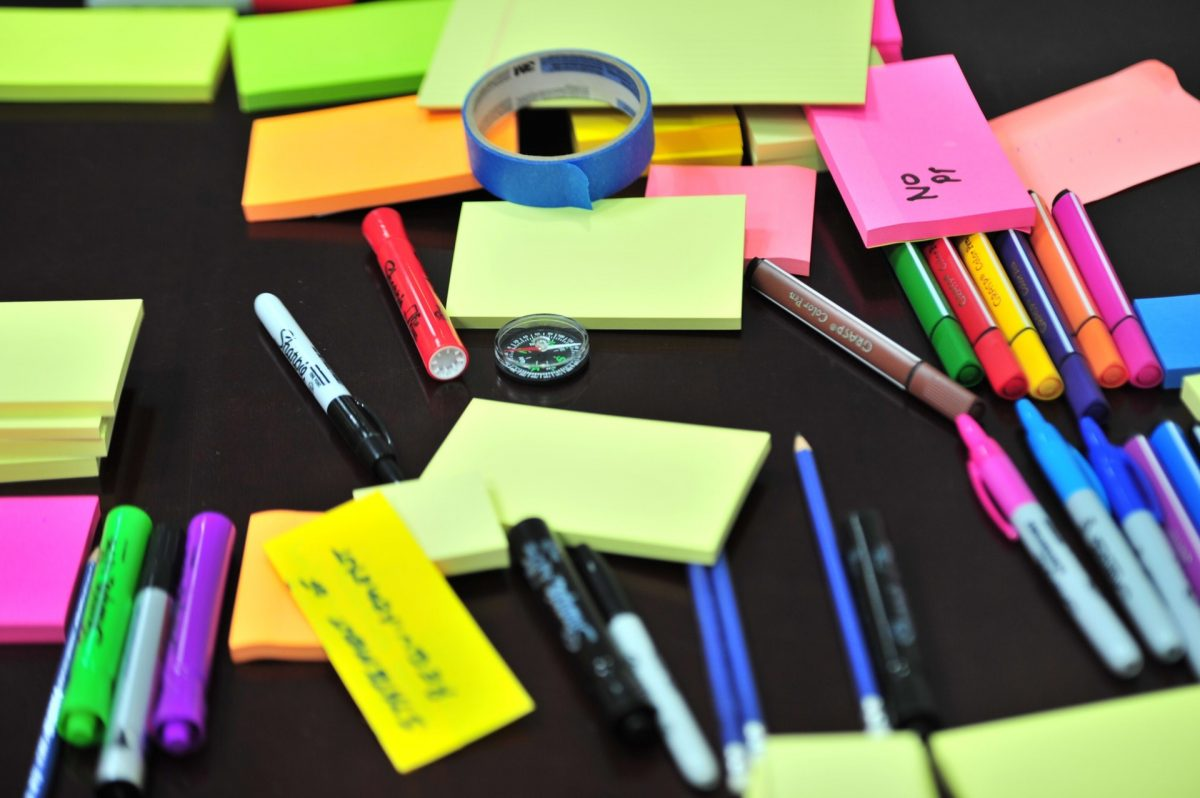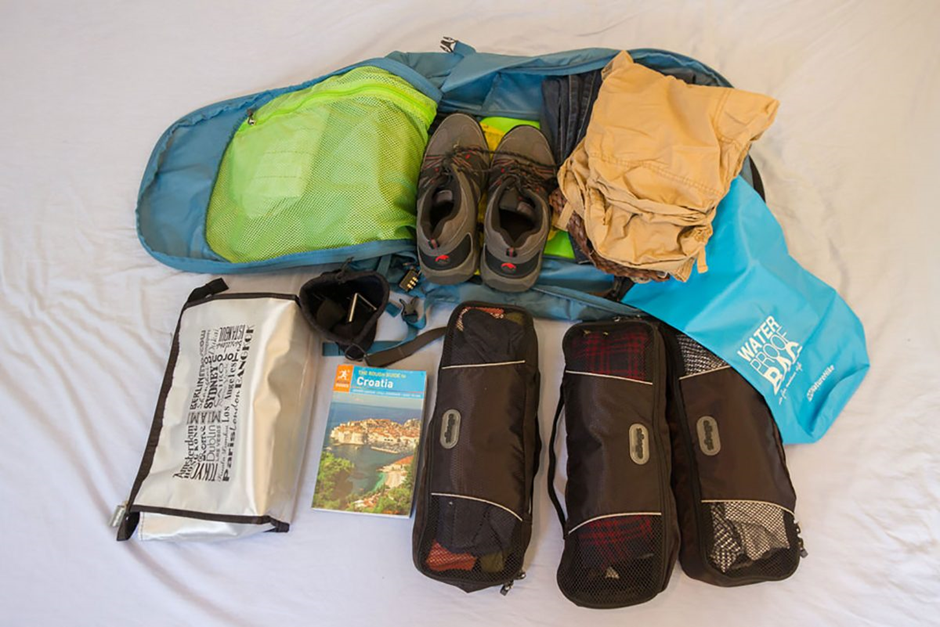Scrolling through my Facebook Memories recently, I saw that the majority of them pointed towards plans after completing the Sijil Pelajaran Malaysia (SPM) as well as snapshots of my pre-university days. I definitely had a recap of what my friends said they were going to do, through previous wall posts. Whether it was the Malaysian Matriculation, the Sijil Tinggi Pelajaran Malaysia (STPM), the A-Levels, the Australian Matriculation Programme, the International Baccalaureate Diploma Programme (IBDP), or the American Degree Transfer Program (ADTP), they had their own reasons.
Looking back, I remember being confused about which programme I wanted to be enrolled in but I knew I favoured the Humanities and Social Sciences. I roughly knew I wanted to gain entry into a private international university. (I did glance through some of the programmes at a couple of public universities but somehow they just didn’t click with me). So I had a look online at the foundation programme that was largely tailored towards entry to the private international university of my choice. Just to be sure, however, I visited the particular college offering that programme with all the necessary documents and questions to ask.
Fortunately, I met with a friendly counsellor who took a look at my results, and told me to consider the Canadian International Matriculation Programme (CIMP) instead. And as someone who had not heard of the programme before until that point, I sought for more clarity.
She laid out the key points:
- More emphasis on student-centred learning with a focus on continuous assessment (can be one or a combination of quizzes, tests, projects, posters, skits, role-play, and presentations), which accounts for 70% of the final grade.
- Final exams, held at the end of the semester, carries a 30% weightage of the overall mark
- The compulsory Malaysian Studies and Moral Studies/Islamic Studies (for all Malaysian students) are parked under something called Interdisciplinary Studies.
- A compulsory English test to determine one’s English level and placement into a core English subject.
- A separate literacy test to determine one’s eligibility to graduate.
- Completion of at least 10 hours of community service that will also help determine one’s eligibility to graduate.
Even though I was quite sure I was going to sign up for the programme, I checked out other private colleges. But nothing else came close to the programme that was suggested to me by that particular college. After taking into account other factors like student life, accessibility issues and distance, I chose to register for the programme.
Perhaps one of the striking elements of the Canadian programme is community service, where students are encouraged to give back to society. Unless you’ve been a) doing some form of voluntary work or b) through international systems like the IBDP or the American system in which community service is the norm, chances are you’d be like me, saying: “Huh? Where can I do my community service?”
You’d be happy to know that I eventually found my way through completing my community service. In fact, I exceeded the minimum number of hours. From this experience, I know now that I can actually contribute to society.
The kind of people I met during the programme made all the difference. I met some Malaysian classmates who were of mixed parentage. Many others were from across the globe: Sri Lanka, Thailand, Yemen, China, South Korea, Botswana, Iran, Indonesia and South Africa. It did take a while for me to get used to seeing an international community, especially because these people helped to do away with stereotypes that are still prevalent. I did not expect to meet so many vibrant people who were always ready to speak up, to extend a helping hand when needed, and to make classes more memorable.
Most of the lecturers who taught me were Canadian/French-Canadian, generally caring and approachable. Having some basic French proficiency meant I got to practice my French with a number of them, which was definitely fun. It also took me around three to four weeks to get used to their accents. I didn’t think the Canadian accent would be that hard, considering I’ve had exposure to the New Zealand accent, courtesy of a few relatives.
Students usually do six subjects – spread out over two semesters (I did seven to be safe). I knew of some who did the Express load, which is more intense and lets students complete the course in a shorter duration. Meanwhile, those who did not meet the minimum English requirement ended up doing three semesters.
Since ongoing projects and activities contribute towards the bulk of one’s final marks, you can be assured that there’s always something happening in class. For one of my English classes, we were told to partner someone and act out a scene from Mark Haddon’s The Curious Incident of the Dog in the Night-Time. I chose to play the main character, and in our scene, the main character is portrayed as screaming awkwardly. Since we’re also a close-knit community, it was also good to see the other English class (of a different proficiency level) organise a party, where everyone was dressed in white, as they were doing F. Scott Fitzgerald’s The Great Gatsby.
Solo and group presentations are also common in a classroom that’s run the CIMP way – I remember having to come up with presentations almost everyday. The most nerve-racking presentation was a solo presentation on a current issue that has had a global impact – for the World Issues subject that I picked. With largely clear guidelines, everyone was required to prepare a 20-minute presentation, complete with slides, handouts for the class and the lecturer, quiz questions that would later be attempted by the whole class, as well as the corresponding quiz answers.
I also did International Business Fundamentals that was to my liking because it was not too technical and that I could apply some common sense to many of the things discussed in class. I learnt about the impact of tariffs and protectionist policies, besides other topics. One topic that I really liked was culture. Know how you go to business meetings? And how, sometimes, you overlook some of the cultural sensitivities when there are counterparts from locations you may not be familiar with? We had a skit to portray this in class. I played the part of a French counterpart, while my teammates played the roles of an Indonesian counterpart and an Iranian counterpart.
The research component that was incorporated into every subject on the programme also made me examine topics, with the aim of getting students to learn about plagiarism and be able to convey what you’ve researched with clarity – mostly through writing. One that remained with me until this day was my research on Ayurveda for English class.
Outside class, I participated in the Book Club. There was a trip to Kinokuniya Bookstore in KLCC with the teacher advisor. Most weeks, we usually picked a book to read and discussed it in the subsequent meetings with other members.
I remember we had weekly theme days like Canada Day where students were encouraged to dress accordingly, and there would always be a photo session in the evening, held at the foyer of the college campus. The Terry Fox Run would also be an event, held to raise funds for cancer research.
Other than that, there was a compulsory field trip arranged as part of our Interdisciplinary Studies module. Since there were two lecturers for this module, one set Malacca as the destination, while the other had Negeri Sembilan in mind. More students opted to go to Malacca, I think because students were especially interested in the Baba Nyonya culture – something I’m somewhat fond of. The plan was to leave by bus after all of us had our breakfast at a spot thought out by the lecturers.
On the day of the field trip, I actually got separated from the two classmates (young girls) who were originally with me. As it involved walking and crossing streets, I didn’t think contacting them via phone would be a good idea. I waited for a bit… until two guys, who were slightly behind me, from the group appeared all of a sudden. We had a tour guide who looked Portuguese-Eurasian. I remember having to forgo Stadthuys and all those near that building because I didn’t want to make myself too tired. So the tour guide said it was OK for me to go shopping with the two guys until the rest were done visiting. I didn’t think too much about the fact that I was the only girl with them… until I had to go to the loo at one point. Oh, boy!
Luck was on my side though. One of the girls from my class eventually showed up – she was looking for the washroom as well. So I followed her.
We visited a couple more places, before leaving around evening. I think we had too much fun, it nearly slipped our minds that we had questions to answer post-field trip.
Ultimately, while most of the courses offered in the programme were of a different standard than those at university level, the presence of an international community helped me attune myself to several outlooks and perspectives that I continue to encounter until today. The most important takeaway is being able to operate with elegance and eloquence in a multicultural environment in an increasingly globalised world.
SPM – Malaysia’s O’ Level equivalent (Form 5).
STPM – Malaysia’s A-Level equivalent (Form 6). This qualification is usually offered at selected Malaysian public schools though some private colleges and institutions of higher learning have it as well. The focus used to be on exams, however, from 2012, an improved approach has been adopted.
Australian Matriculation Programme – Practices the Australian system of grading with a 50/50 breakdown of marks. It is under the directive of the Western Australian Minister for Education.
A-Levels – Widely accepted, students are solely assessed on performance in exams, and usually for placements to universities in the UK.
IBDP – Targeted at those with above average results at secondary/high school level, this two-year diploma programme of Swiss origin has six subject groups, including the community service and extended essay elements to provide a wholesome approach. The private school I attended (at upper secondary level) was one of the IB schools. To date, the programme has been moved to the later-built and completed international school campus, owned by the same corporation, which is known for its businesses in private education provision and property development.
ADTP – This programme is a quick route to primarily enter into American universities, without having to go through any pre-university programme. Normally, students will have to do two years in Malaysia and two years abroad.
Malaysian Matriculation – Depending on your subjects chosen, this programme lasts 1-2 years. Places are mainly reserved for a certain group of Malaysians. Usually, graduates of this cost-effective programme are looking to gain entry into Malaysia’s public universities, though it is also accepted in some universities abroad.
College – As Malaysia’s education system is modelled after the British one, college is one of the options that serve to fill the gap between school and university.









Showing 0 comments